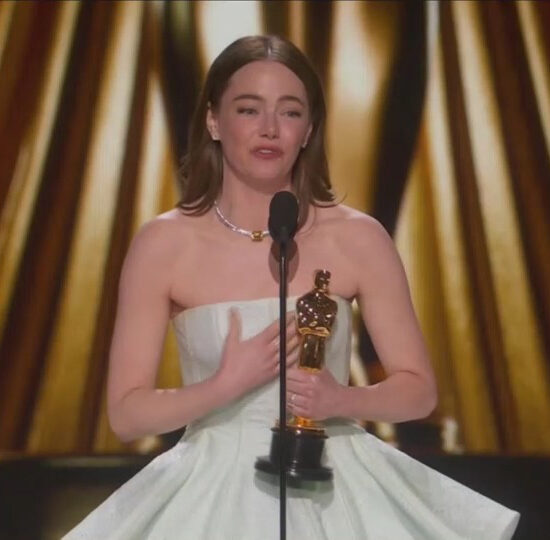
In early 2023, Peacock killed its free, fully ad-supported tier in favor of an ad-free plan at $9.99 and a with-ads option at $4.99. As it turns out, for most people the value of watching Peacock is less than five bucks a month.
According to new data from research firm Antenna, Peacock’s ad-supported plan has driven 69 percent of the streamer’s signups in 2023. Compare that with the industry’s average: one-third of streaming consumers overall have chosen an ad-supported option (where available) this year.
Antenna also found that the way consumers select a plan doesn’t tie to household income or any other single demographic. Selection of a plan seems to be tied more to the service itself, including its content, ad integration, and ad load.
A Peacock insider told IndieWire the “vast majority” of Peacock’s 22 million paid subs as of March 31, 2023 are on its cheaper “Premium” plan. (The Peacock sign-up page describes the ad-supported plan as its “Most Popular.” Truth in advertising!)
According to Antenna, 25 percent of all “premium SVOD” subscriptions — Netflix, Max, Disney+, Hulu, Paramount+, Discovery+, and Peacock — include advertising. (Apple TV+ and Amazon Prime Video don’t have the option.)
Thirty-one percent of new Paramount+ subscribers in 2023 elected pay less and watch ads. For Disney+, the rate was 36 percent. Discovery+ is the closest to an even split, with 43 percent opting to sit through commercials and save a bit.
To date in 2023, just 18 percent of Netflix subscribers chose an ad-supported plan, per Antenna; Max is 21 percent. The most premium of the SVODs remain premium.
Among the premium PVODs, Peacock was an ad-supported trailblazer. Through (mostly) no fault of its own, it launched in April 2020 as a mess. The pandemic shut down film and TV production, delayed NBC’s Tokyo Summer Olympics until 2021, and gave the streamer little of value to offer. Peacock made the service free for a period and later added the now-defunct free tier to the paid-with-ads service. Three years after its launch, it appears that Peacock’s value proposition hasn’t grown much.
The only other streamer to see more than half of its current signups at the ad-supported level is Hulu, at 58 percent.

Hulu launched in 2008, long before Peacock, as an ad-based service. At the time it was a joint venture between NBC, Fox, and ABC comprised primarily of broadcast programming — shows built around commercials.
At the end of March, Hulu had 48.2 million subscribers across its tiers. Like Peacock, Hulu’s similar lean toward ad-support isn’t a bad thing; it’s just a different revenue stream. If tiers are priced properly, some semblance of balance is probably best — or at least it’s safest in an unsure economic environment.
Wildly unbalanced is Netflix, which introduced its ad-supported tier late last year. With 232.50 million global paid subs, the league-leader is still getting the largest percentage of ad-free signups. Hey, if the ARPU (average revenue per user) fits…
Three years ago, 64 percent of U.S. video streaming subscribers avoided an ad-supported plan when presented with the option, Antenna cited. Now, most (58 percent) “have chosen advertising either some or all of the time,” the firm wrote, which makes this “a strikingly optimistic story for the advertising industry.”
For the advertising industry, sure, but for Peacock? You know what? It’s a holiday weekend, let’s end on the optimism.















